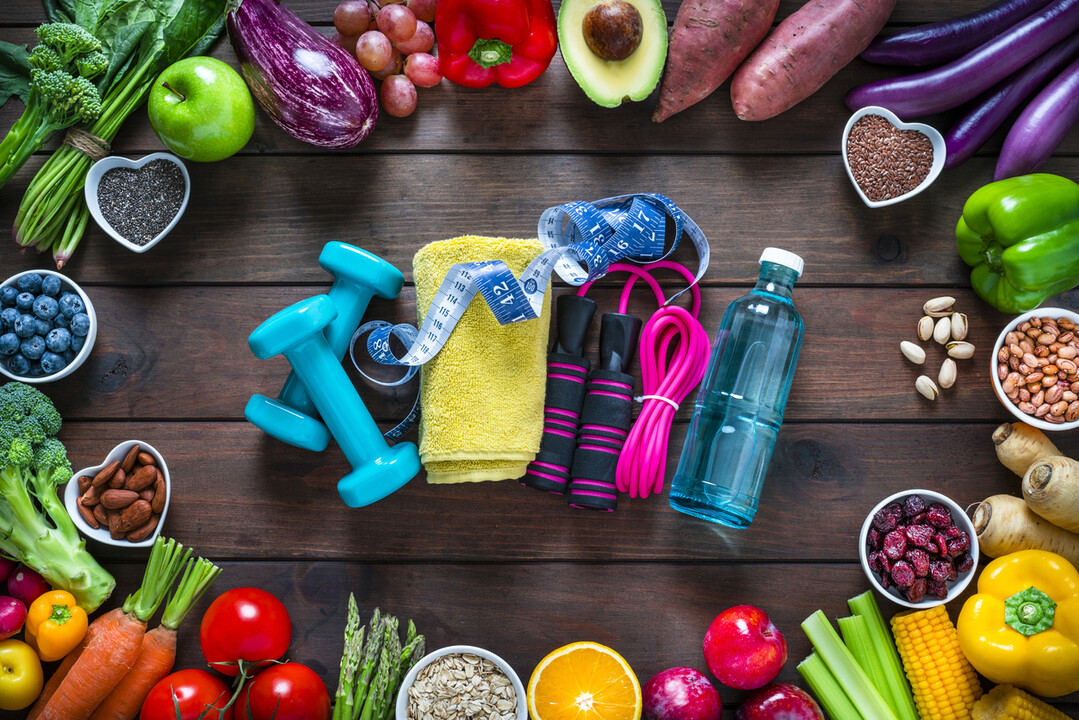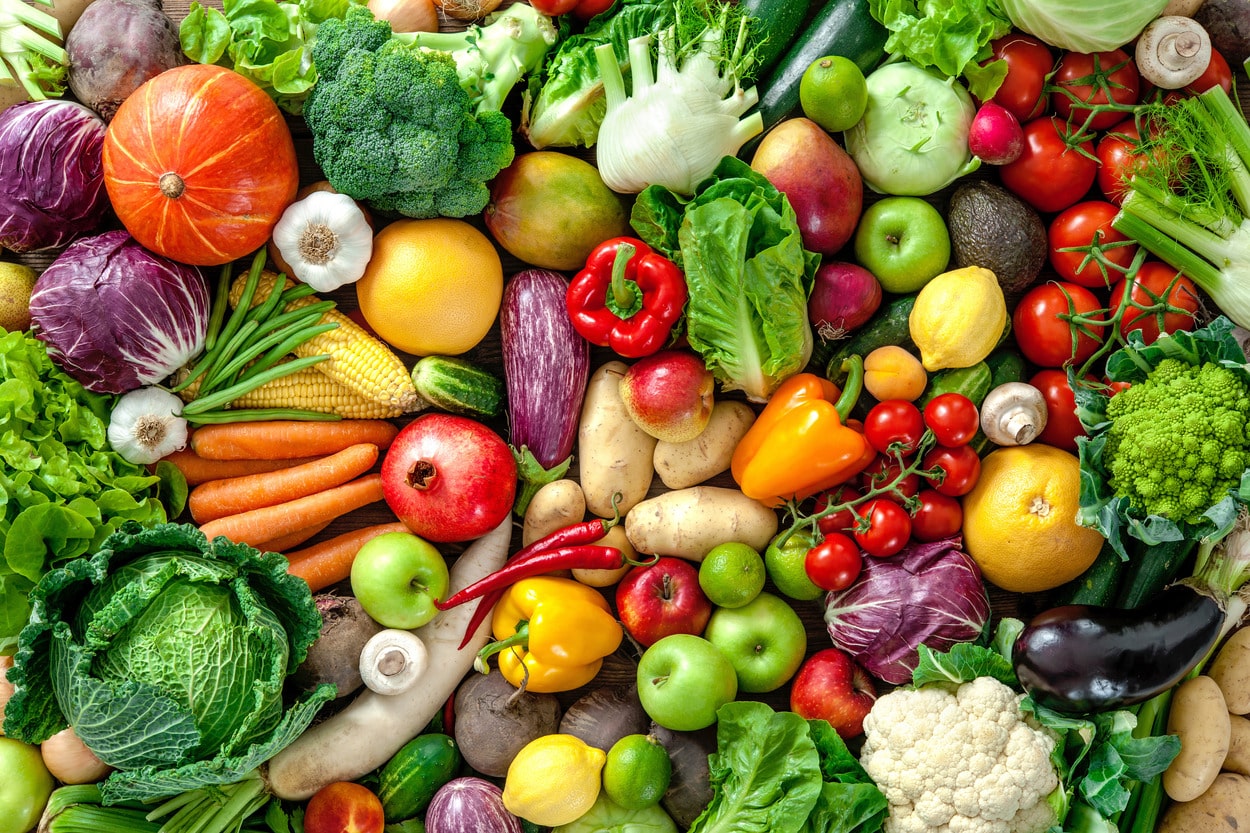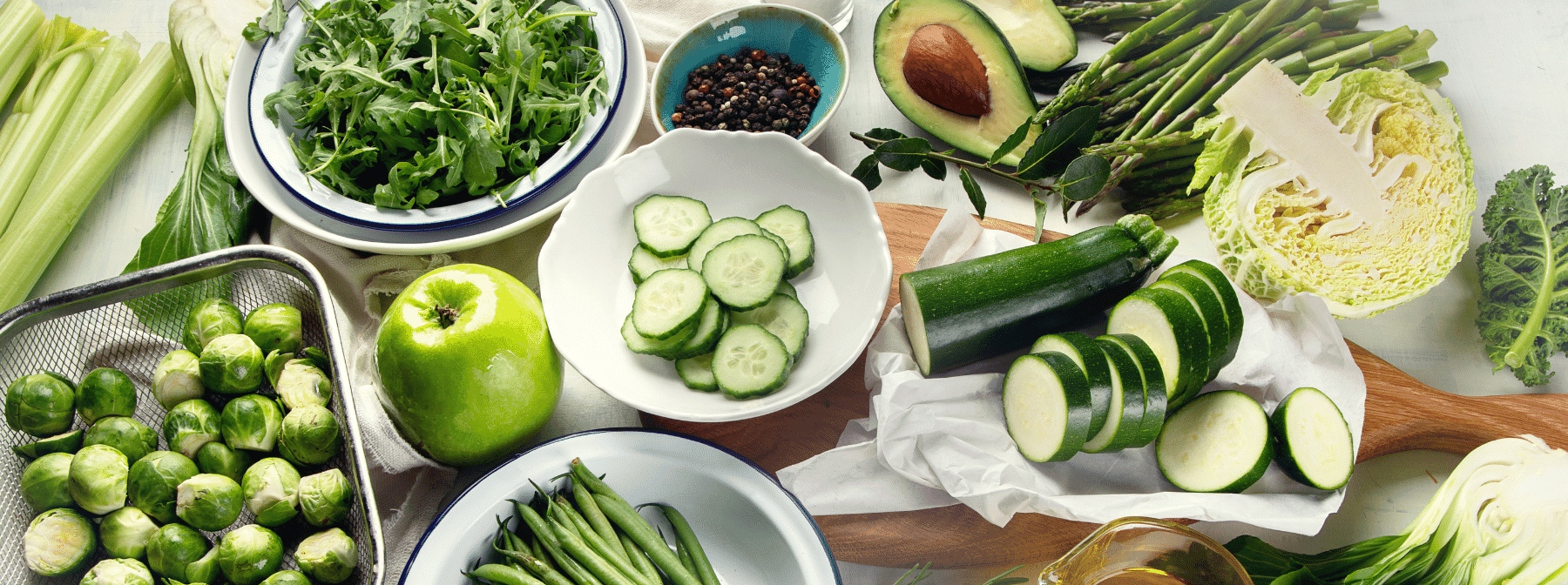How Vegetables Can Be Your Secret Weapon for Weight Loss

In the quest for weight loss, many people turn to fad diets, intense workout regimens, or even supplements. However, one of the most effective and sustainable tools for shedding pounds is often overlooked: vegetables. Packed with essential nutrients, low in calories, and high in fiber, vegetables can be your secret weapon for achieving and maintaining a healthy weight. This article explores the science-backed benefits of vegetables for weight loss, practical tips for incorporating them into your diet, and delicious ways to enjoy them.
Why Vegetables Are a Weight Loss Superfood
1. Low in Calories, High in Nutrients
One of the biggest challenges of weight loss is reducing calorie intake without feeling deprived or hungry. Vegetables are naturally low in calories but rich in essential vitamins, minerals, and antioxidants. For example, a cup of spinach contains only 7 calories, while a cup of broccoli has about 55 calories. This means you can eat larger portions of vegetables without worrying about excessive calorie intake, making them perfect for weight management.
2. High in Fiber for Satiety
Fiber is a key nutrient for weight loss, and vegetables are an excellent source of it. Fiber slows down digestion, helping you feel full for longer and reducing the likelihood of overeating. It also stabilizes blood sugar levels, preventing energy crashes and cravings for unhealthy snacks. Vegetables like Brussels sprouts, carrots, and kale are particularly high in fiber, making them ideal for weight loss.
3. Hydration and Detoxification
Many vegetables, such as cucumbers, celery, and zucchini, have high water content. Staying hydrated is crucial for weight loss, as it helps your body function optimally and can even reduce water retention. Additionally, the natural detoxifying properties of vegetables support liver function and help flush out toxins, which can improve metabolism and aid in weight loss.
4. Boosting Metabolism
Certain vegetables, like leafy greens and cruciferous veggies (e.g., broccoli, cauliflower, and cabbage), contain compounds that support metabolic health. They are rich in B vitamins, which play a role in converting food into energy, and antioxidants that reduce inflammation—a common barrier to weight loss.
5. Reducing Cravings
Vegetables can help curb cravings for unhealthy, calorie-dense foods. Their natural sweetness (e.g., in carrots or bell peppers) can satisfy sugar cravings, while their crunchiness can replace the desire for salty snacks like chips. By incorporating more vegetables into your meals, you can train your palate to prefer healthier options.
How to Use Vegetables for Weight Loss
1. Start Your Meal with a Salad
Eating a salad before your main meal can help you consume fewer calories overall. The fiber and water content in vegetables like lettuce, cucumbers, and tomatoes fill you up, reducing the portion size of higher-calorie foods you eat afterward. Just be mindful of high-calorie dressings—opt for olive oil and vinegar or a light vinaigrette instead.
2. Swap High-Calorie Foods with Vegetables
Replace calorie-dense ingredients with vegetables to create lighter versions of your favorite dishes:
Use zucchini noodles (zoodles) instead of pasta.
Substitute cauliflower rice for white rice.
Add mushrooms or eggplant to bulk up a stir-fry instead of extra meat.
3. Snack on Veggies
Instead of reaching for chips or cookies, keep cut-up vegetables like carrots, celery, bell peppers, or cherry tomatoes on hand for snacking. Pair them with hummus, Greek yogurt dip, or guacamole for added flavor and protein.
4. Add Vegetables to Every Meal
Incorporate vegetables into every meal to increase your intake without much effort:
Breakfast: Add spinach, tomatoes, or avocado to your omelet.
Lunch: Include a side of roasted vegetables or a hearty vegetable soup.
Dinner: Make vegetables the star of your plate by grilling, steaming, or sautéing them.
5. Experiment with Different Cooking Methods
If you find vegetables boring, try different cooking methods to enhance their flavor and texture. Roasting, grilling, or air-frying vegetables can bring out their natural sweetness, while steaming or sautéing preserves their nutrients. Experiment with herbs, spices, and healthy sauces to keep things interesting.
Top Vegetables for Weight Loss
While all vegetables are beneficial, some stand out for their weight loss properties:
Leafy Greens (Spinach, Kale, Swiss Chard): Low in calories but high in fiber, vitamins, and minerals.
Cruciferous Vegetables (Broccoli, Cauliflower, Brussels Sprouts): High in fiber and water content, making them filling and low in calories.
Bell Peppers: Rich in vitamin C and antioxidants that boost metabolism.
Zucchini: Low in calories and an excellent substitute for high-calorie ingredients.
Carrots: Sweet, crunchy, and packed with fiber and beta-carotene.
Cucumbers: Hydrating and low in calories, perfect for snacking.
Sweet Potatoes: Higher in calories but packed with fiber and complex carbohydrates for sustained energy.
Delicious Vegetable-Based Recipes for Weight Loss
1. Zucchini Noodles with Pesto
Spiralize zucchini into noodles.
Toss with homemade pesto (made from basil, garlic, olive oil, and pine nuts).
Top with cherry tomatoes and a sprinkle of Parmesan cheese.
2. Roasted Vegetable Medley
Chop your favorite vegetables (e.g., broccoli, cauliflower, carrots, and bell peppers).
Toss with olive oil, garlic, and herbs.
Roast in the oven at 400°F (200°C) for 20-25 minutes.
3. Spinach and Mushroom Omelet
Sauté spinach and mushrooms in a non-stick pan.
Pour beaten eggs over the vegetables and cook until set.
Fold the omelet and serve with avocado.
4. Cauliflower Fried Rice
Pulse cauliflower in a food processor until it resembles rice.
Sauté with diced vegetables (e.g., carrots, peas, onions) in a pan.
Add soy sauce, garlic, and a scrambled egg for extra protein.
5. Veggie-Packed Smoothie
Blend spinach, kale, cucumber, celery, green apple, and almond milk.
Add a scoop of protein powder or Greek yogurt for a nutrient-dense smoothie.
Tips for Long-Term Success
Gradual Changes: Start by adding one or two servings of vegetables to your daily diet and gradually increase your intake.
Meal Prep: Prepare vegetables in advance by washing, chopping, and storing them in the fridge for easy access.
Variety is Key: Rotate different vegetables to keep meals exciting and ensure a wide range of nutrients.
Stay Consistent: Weight loss is a journey, and incorporating vegetables into your diet is a sustainable habit that yields long-term results.
Conclusion
Vegetables are a powerful, natural tool for weight loss. They’re low in calories, high in nutrients, and packed with fiber to keep you full and satisfied. By incorporating more vegetables into your meals, experimenting with new recipes, and making small, sustainable changes, you can harness their weight loss benefits and achieve your health goals. Remember, the key to success is consistency and enjoyment—so start exploring the colorful world of vegetables today!




























0 comments: